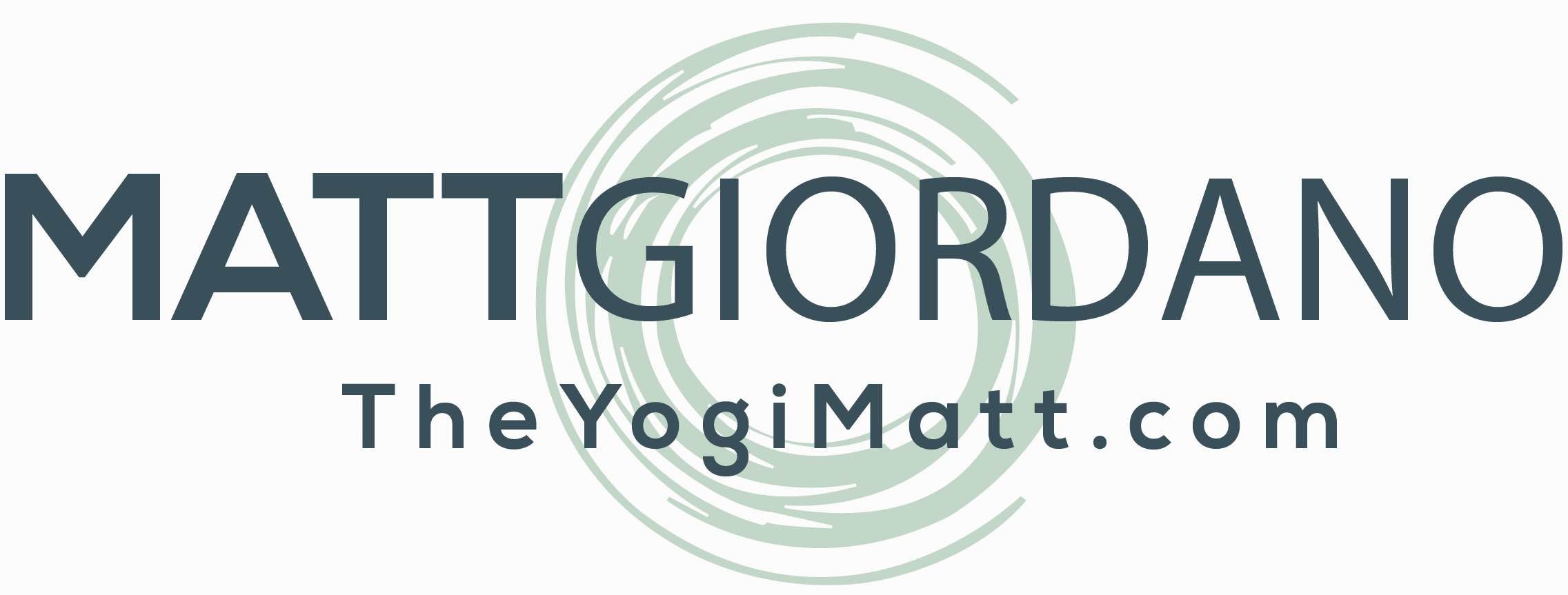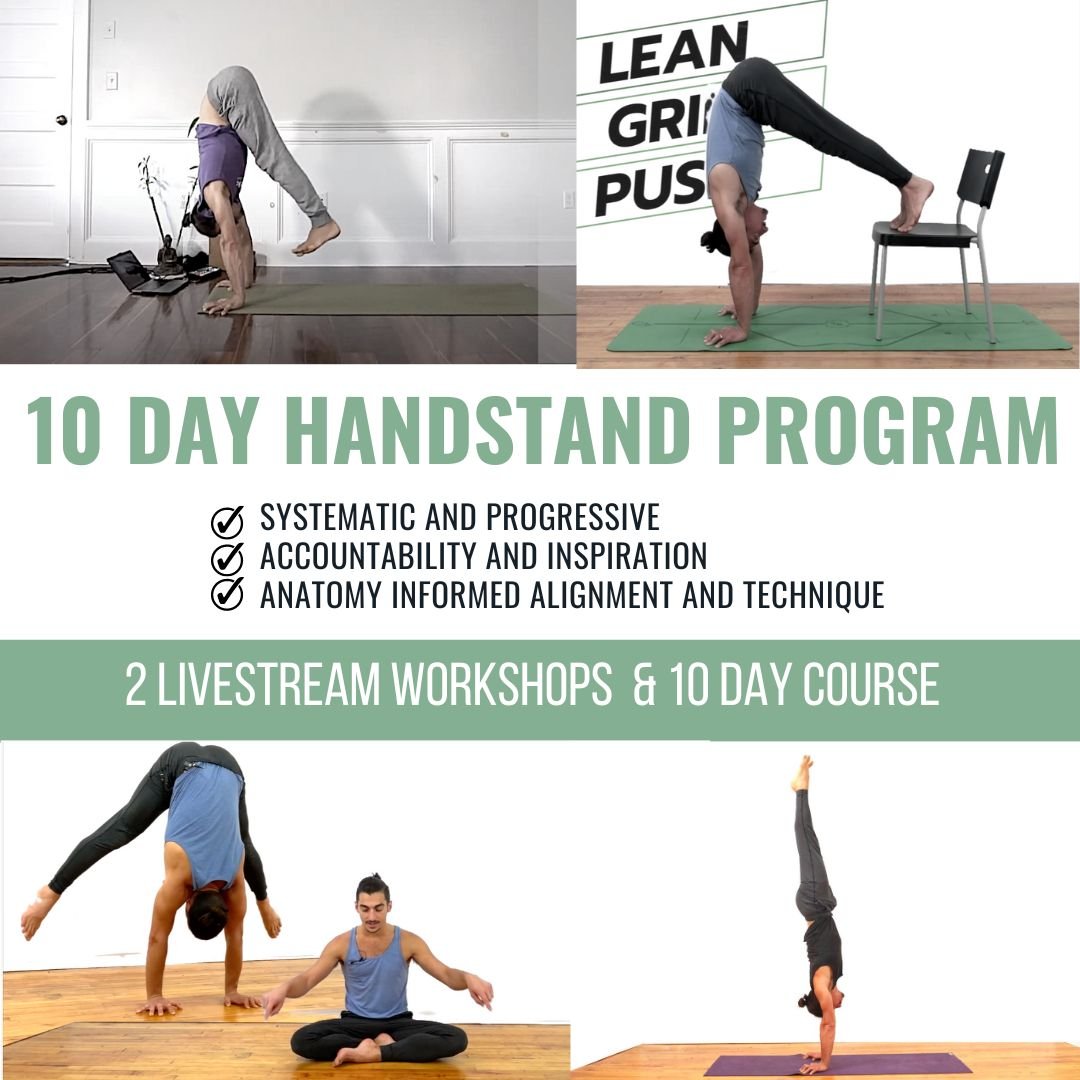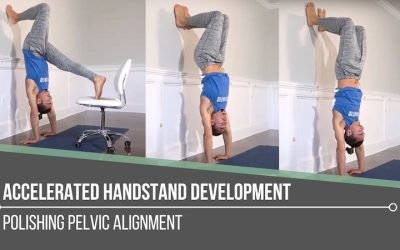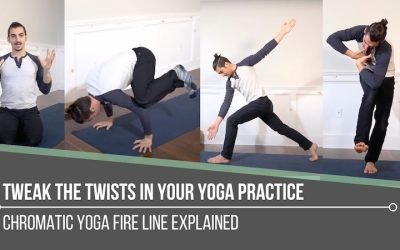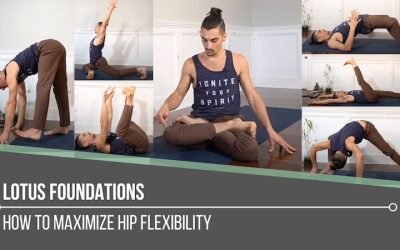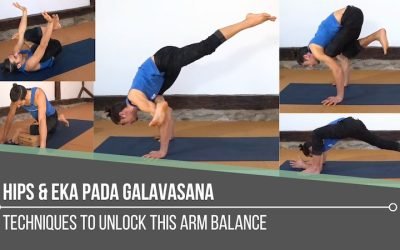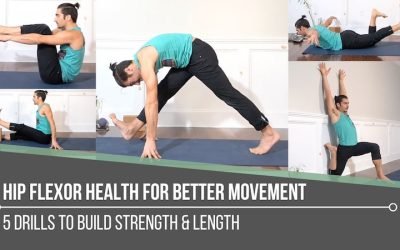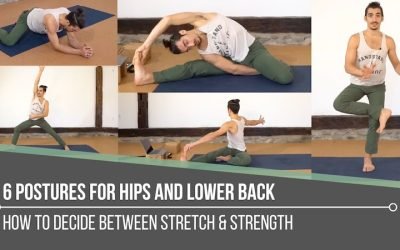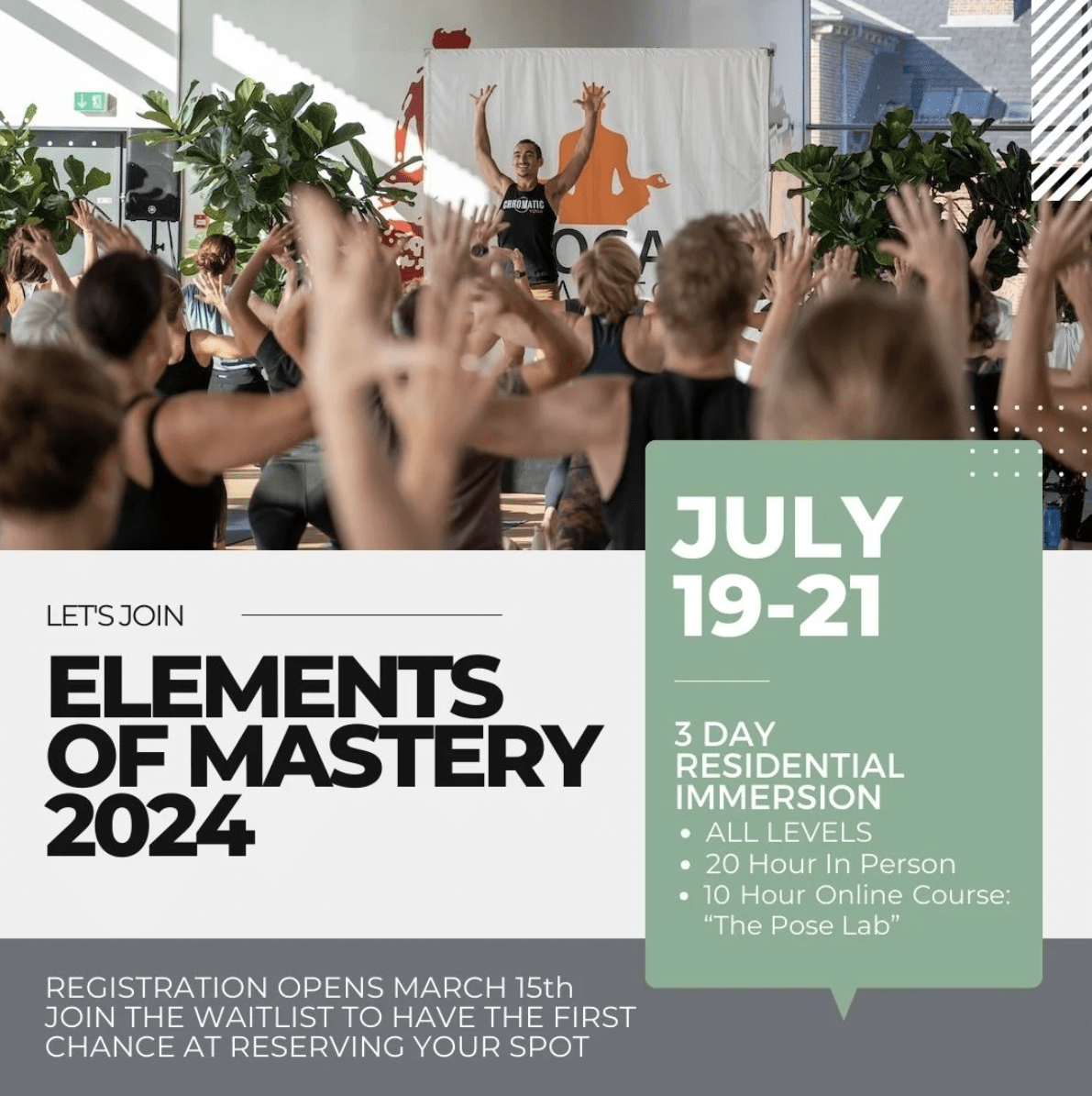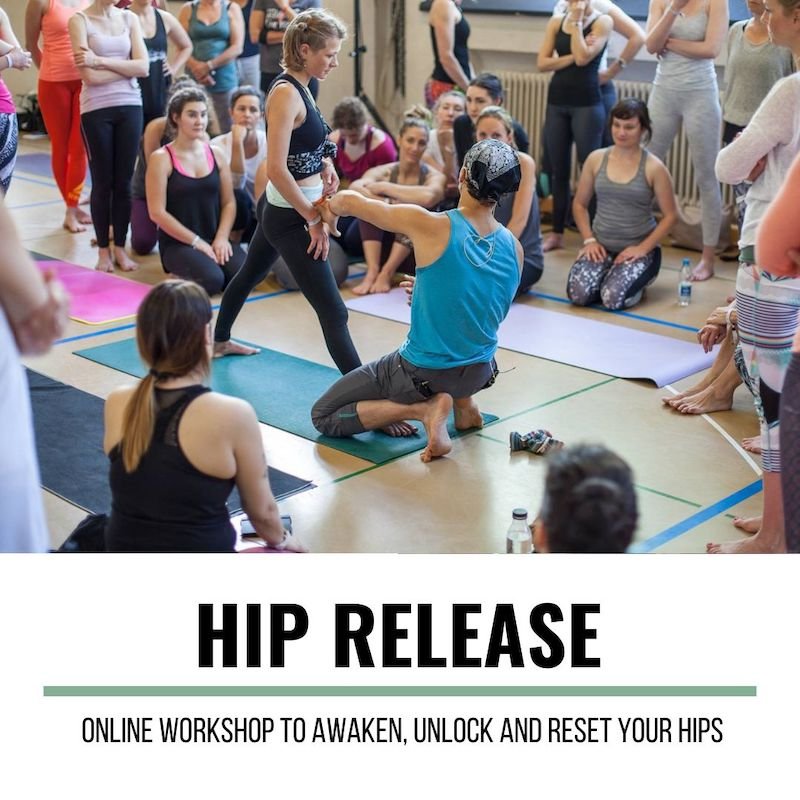Accelerated Handstand DevelopmentinversionACCELERATED HANDSTAND DEVELOPMENT Accelerating the process of achieving a goal comes from consistent practice, but it also depends heavily on the information and knowledge we’ve acquired. Whether a handstand is part of our...
Accelerated Handstand Development
Accelerated Handstand Development
inversion
ACCELERATED HANDSTAND DEVELOPMENT
Accelerating the process of achieving a goal comes from consistent practice, but it also depends heavily on the information and knowledge we’ve acquired.
Whether a handstand is part of our regular asana practice or not, there is always room for improvement. Learning and understanding the intricate skill sets are imperative. These are the things that will expedite our development. This doesn’t mean that it will happen fast but that we are equipped with more knowledge to apply to our physical practice, which will enhance our results.
There are a number of different areas for improvement when it comes to a better handstand, and one that might be overlooked is pelvic alignment. The drills and skills from today’s video provide the roadmap towards the final destination of a well-balanced handstand (pun intended lol).
10-DAY HANDSTAND PROGRAM
REGISTRATION NOW OPEN
- Safe, systematic, and effective
- 10-day training plan with guided daily tutorials
- 2 livestream workshops: Replays are automatically included if you cannot attend live
- Learn the most anatomically aligned and efficient handstand
- Acrobatic training skills made easy and accessible for regular people
- All levels appropriate
- Build YOUR handstand, honoring your body and its unique strengths and challenges
- No experience required
- Variations for all levels, from 0 experience to professional hand balancers
- BONUS: Zoom meeting (available to waitlist members only for the first 24 hours of registration opening): On Day 3, we will meet on Zoom for group coaching and personalized feedback!
- SPACE IS LIMITED FOR THIS TRAINING TO PROVIDE THE BEST SUPPORT POSSIBLE
PELVIC ALIGNMENT TENDENCIES
In an upright position, knowing the difference between anterior and posterior tilt of the pelvis may be easier to negotiate. At other times, it may be harder to determine. In the full class, Matt explains that many of us have the tendency to posteriorly tilt the pelvis when standing, which may be because we are trying to find the least amount of energy exertion by placing more weight into the hip joints.
The opposite is true when upside down in a handstand. Here, the tendency may be to anteriorly tilt the pelvis (especially if there is a wall behind us). We might feel that the safer place to be is behind us, so the hips move in that direction. This tendency does not serve us in a balanced handstand away from a wall. In this case, the posterior tilt of the pelvis is a must.
WATCH THE VIDEO
ACCELERATED HANDSTAND DEVELOPMENT: POLISHING PELVIC ALIGNMENT
SPHINX TO HOLLOW BODY & CRESENT POSE
To find balance in a handstand off the wall, we must polish our pelvic alignment. We don’t start by trying this in handstand; first, we must strengthen and train the appropriate muscles in other postures and drills. In today’s video, Matt begins by demonstrating 2 ways to implement this strengthening and training in our regular practice.
Sphinx to Hollow Body
In this demonstration, we are guided through 4 phases. It is a very slow and controlled process that not only strengthens the core and upper body, it also helps us understand how to effectively isolate and articulate the movements of the rib cage and pelvis.
Crescent Pose
Here we really learn to train and develop the tucking of the tailbone—the posterior tilt of the pelvis—against straightening and lengthening the back leg. When doing this, we’re activating the quadricep and gluteal muscles at the same time. This will translate well when transitioning upside down.
200 HOUR ONLINE TEACHER TRAINING
GET CERTIFIED & DEEPEN YOUR YOGA PRACTICE
- Deepen your yoga practice
- Build confidence speaking in front of groups in person and online
- Learn foundational class structures and templates
- Learn techniques for a wide range of yoga postures
- Get certified and highly qualified to teach yoga
- Yoga Alliance Globally Recognized Certification Program
HANDSTAND WALL DRILLS
Included in the process of handstand development is the practicing of pelvic alignment when we’re inverted in the context of drills. The handstand drills in today’s video are done against a wall. They provide the opportunity to place our feet on the wall in order to focus on the placement of the pelvis into a posterior-tilt position.
- First, without any props, we gain the understanding of how important it is to push through the shoulders to initiate greater movement of the rib cage back, which initiates the desired “straight stacking” of the body. When the action of the posterior tilt takes place, our feet become lighter.
- This is the same drill with the use of a chair, which can assist by offering more control to get upright. The exit here can also assist in practicing a safer exit when we start practicing away from a wall.
300 HOUR ONLINE TEACHER TRAINING
GET 500 HOUR CERTIFIED AS A MASTER TEACHER
Master your skill set as a teacher through refined techniques, anatomy, biomechanics, sequencing, philosophy, meditation techniques, theming, yoga business, and much more!
- Get 500 hour certified
- Learn anatomy, biomechanics, asana techniques
- Expand your teaching skills
- Masterful sequencing and verbal delivery
- Learn meditation and breathwork techniques
- Transformative tools: theming, dharma talks, satsang
PROCESS & TRANSFORMATION
We can never escape going through the processes our bodies need when we’re working towards a given yoga posture, and those processes are always individual. The muscles we need to train, the techniques we need to develop, and the knowledge we need to acquire will vary at different times throughout the process.
Matt always says that a posture like a handstand is evidence that we have tapped into increased mastery of the understanding of our own bodies. This is the true gift of the process on the journey towards transformation, not achievement.
Matt’s 10-Day Handstand Program works to systematically expose our greatest potential.
Transform your relationship with handstand by registering today!
The 200 Hr. Teacher Training: Click Here to See the Next Start Date
The 300 Hr. Advanced Teacher Training: Click Here to See the Next Start Date
Article by Trish Curling
Videos Extracted From: Handstand & Meditation Immersion
ONLINE ANATOMY COURSE
- Accessible, exciting, and easy to learn
- Anatomy and biomechanics for yoga
- Appropriate for both teachers and students
- Learn joint alignment vs pose alignment
- Demystify yoga poses and transitions
- Release aches and pains
- Learn how to avoid common injuries
- Caters to all levels with modifications and props
- 20 hours Continued Education Credits with Yoga Alliance
- 20 hours toward Chromatic Yoga Certification and 300 Hour
- Lifetime access
Continue Learning
Accelerated Handstand Development
Tweak The Twists In Your Yoga Practice
Tweak the Twists in Your Yoga PracticepadmasanaTWEAK THE TWISTS IN YOUR YOGA PRACTICE The definition of "tweak" here is the following: to improve (a mechanism or system) by making fine adjustments to it. This perfectly describes a major part of what’s involved in the...
Lotus Foundations
Lotus FoundationspadmasanaLOTUS FOUNDATIONS Lotus Pose requires a healthy amount of hip flexibility. For some, it comes easy. Reasons for this might be that the person is hypermobile in the hips, knees, and ankles and/or that many months or years of effort have been...
Hips and Eka Pada Galavasana
Hips and Eka Pada Galavasanaflying pigeonHIPS AND EKA PADA GALAVASANA Depending on where we are in our asana practice journey, arm balances may feel a little overwhelming. It can be difficult to know where to start. Instead of thinking about the final destination, we...
Hip Flexor Health For Better Movement
Hip Flexor Health for Better MovementstretchHIP FLEXOR HEALTH FOR BETTER MOVEMENT Healthy hip flexor muscles are associated with both stretch and strength. Although we’re going to focus more heavily on strength in this article, always note that both strength and...
6 Postures For Hips and Lower Back
6 Postures for Hips and Lower Backstretch6 POSTURES FOR HIPS AND LOWER BACK When we're interested in learning about postures that help us with our hips and lower back, it’s simply not good enough to find a video or practice that says that certain poses will help with...
THE FREE TECHNIQUE PACK
When You Subscribe, You Will Get Instant Access to
- the Technique Pack: 15 yoga pose breakdowns
- exclusive online course discounts
- exclusive blogs and videos
